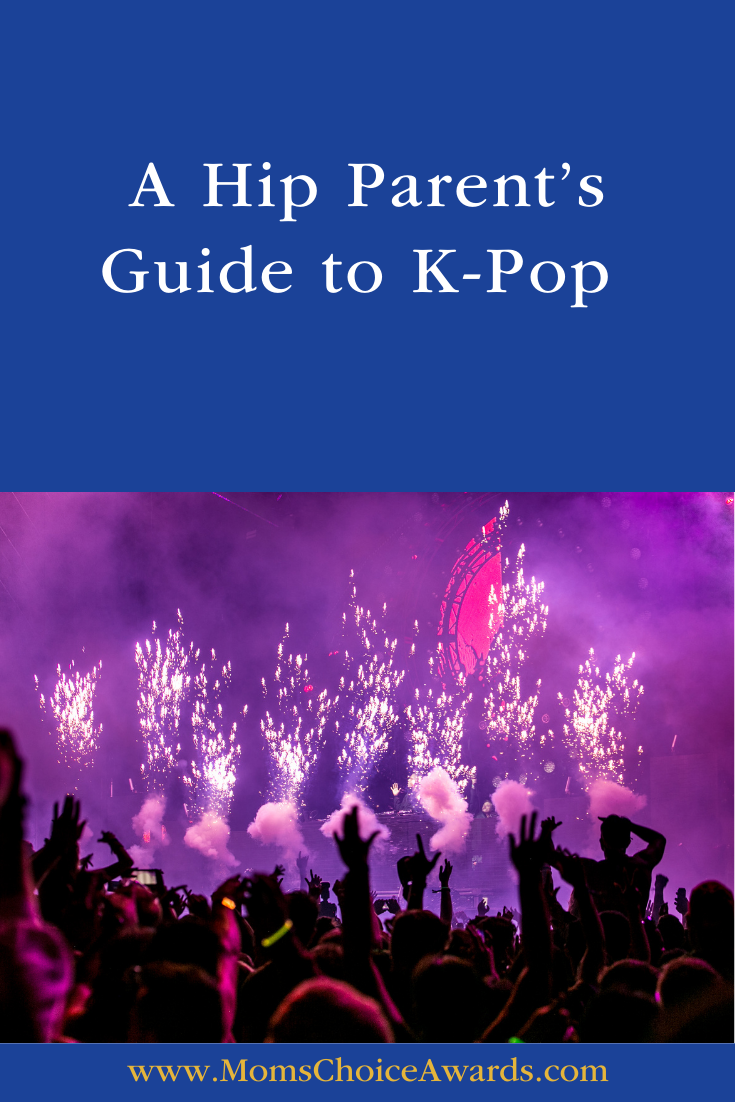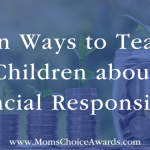 Draven Jackson
Draven Jackson
Blogger | Teacher
Twitter
Have you recently had a conversation with your child that included the words K-Pop, “bias,” “light stick,” or “fan cam”? Have you had to hear your daughter or son obsess about groups like BTS, Twice, Stray Kids, TXT, or Blackpink? Have you searched for tickets online to K-Pop concerts you had no desire to go to because you knew it would make your child happy?
If you’re a parent looking to be a little hipper and more in-the-know about K-Pop for the sake of understanding your child’s interests, then this beginner’s guide is the one for you! We’re here to help you understand the ins and outs of K-Pop so the next time your daughter asks you who your “bias” is in “BTS,” you can tell them “I love Jungkook, he’s such a visual!”
Korean Pop Music Through the Generations

Do you want to learn more about K-Pop to help bond with your child and share their interests? Then this is the article for you!
The first thing to know about K-Pop, or Korean pop music, is that popular K-Pop groups are commonly separated into generations. K-Pop started becoming a popular music genre in 1992 with Seo Taiji and Boys and their performance of “I Know” during a talent competition. The song’s blend of Korean pop and Western hip-hop attracted a group of interested listeners, and the song topped music charts in Korea for 17 weeks.
Since then, K-Pop has grown exponentially, becoming more popular not only in Korea but also worldwide. During its history, K-Pop is commonly separated into four generations.
The first generation of K-Pop groups is from the early 1990s to the 2000s and concentrated primarily on pop and hip-hop. Some popular first-gen groups are Shinhwa, G.O.D, H.O.T, Rain, BoA, and Lee Hyori. During the first generation, K-Pop began to grow in popularity around East Asian countries.
The second generation of K-Pop began around 2003 and continued through the 2000s. This is the generation when K-Pop began to gain more global traction, becoming increasingly more popular across Asia and Australia. Some popular second-gen groups were TVXQ, Super Junior, Girls Generation, SHINee, and 2 PM.
K-Pop’s third generation is where it really saw a rapid rise in popularity in Western countries. From 2011 to 2018, K-Pop became more creative and braver with the message of their lyrics, with the music evolving into a combination of techno, rock, rap, and ballad. Some of the most popular third-generation K-Pop groups are EXO, Blackpink, Twice, GOT7, Red Velvet, Ikon, and, of course, BTS (or Bangtan Boys).
The current generation of K-Pop is the fourth generation, which began in 2018. With BTS paving the way for western recognition and apps like TikTok making it even easier for K-Pop groups to promote their music, fourth-gen groups have become some of the most popular idols in K-Pop. Popular fourth-gen K-Pop groups to know about are Stray Kids, ITZY, TXT, AESPA, and Ateez.
Vocabulary to Understand
For fans of K-Pop, there is a lot of specific terms that get thrown around in conversations. If you’re tired of being confused about what your child is talking about when they say “bias,” “visual,” or “maknae,” then skim through this list and learn about all the important terms!
Bias – a fan’s favorite member in a group. If you ever hear the phrase “ultimate bias” or “ult bias,” that is a fan’s favorite idol in all the groups they support.
Visual – a member who is considered the most attractive member of a group.
Maknae – the youngest member of a group.
Stan – an active and enthusiastic fan.
Comeback – in Korean pop music, a “comeback” is when an idol or group releases a new song or album. Each comeback has a specific concept or theme that the group or idol continues to concentrate on during their performances and promotions.
Fan cams – a video closeup of a specific idol in a group performing on stage. These videos focus on only one group member during an entire performance.
Trainee – before an idol debuts, they are “trainees,” or students at a K-Pop entertainment company. Many idols spend several years training in dancing and singing, along with taking classes in language and etiquette, before they debut.
Debut – often used to discuss a trainee who has moved on from their trainee period to becoming an idol releasing official music or performing in public for the first time.
Idol – a K-Pop star, either a soloist or group member, who has debuted and is no longer a trainee.
Aegyo – a Korean word used to describe the cuteness of someone.
Fan chant – phrases that fans shout before an idol’s performance, such as a group’s name or phrase, or lyrics fans are meant to sing during a specific song.
Lightstick – a glowing, portable electronic device shaped like a stick with a certain insignia or board on top that symbolizes a specific group.
Bias Wrecker – a fan’s second favorite member of a group. This member usually has a high chance of becoming a new favorite.
The Big Three – the three big entertainment companies that have created many successful groups that have greatly influenced K-Pop. These companies are SM, JYP, and YG entertainment.
Main – the main vocal, main dancer, or main rapper in a group.
V Live – many K-Pop idols connect with their fans through a livestream platform called V Live. Idols can upload extra content or livestream from their studios and homes to talk to their fans.
Ending Fairy – a nickname given to the member of a group who is given the final close-up shot of a group’s performance.
All-Rounder – someone who is talented in many different areas of K-Pop, from singing, rapping, dancing, composing, songwriting, etc.
Ace – someone who outshines others or who shines the brightest in multiple areas of K-Pop.
Frequently Asked Questions
If you have other questions about K-Pop that haven’t been answered above, here are some FAQs that I have been asked by non-K-POP fans. Hopefully, these can help you feel more confident in your K-Pop knowledge.
Why do the boys in K-Pop groups were makeup?
One thing about K-Pop that tends to be really surprising to international fans is that male K-Pop idols commonly wear makeup and jewelry. Wearing makeup helps prevent the idols from looking washed out on camera or on stage and creates a flawless, soft image.
What does my daughter mean when she says she’s a part of the “Army”?
Different K-Pop fan groups have their own fan names. BTS fans are known as “Army,” Twice fans are “Once,” SHINee fans are “SHINee World,” and Stray Kids fans are known as “Stay.”
Do people buy K-Pop albums as CDs?
One thing that made K-Pop really interesting to me is that buying CDs and physical music is one of the main ways fans support their favorite groups. Different albums have their own freebies – posters, photo cards, photobooks, etc. – and collecting CDs is almost a right of passage as a K-Pop fan.
How can you listen to them if they sing in Korean?
A lot of K-Pop is primarily in Korean, but many groups also have songs in English, Japanese, Chinese, etc. Plus, many fans who don’t know Korean still enjoy the music for the fun beats, amazing vocals, and impressive stage performances and visuals.
What does my daughter mean by the “leader” or the “vocal line”?
K-Pop groups are commonly separated into different “positions” or “lines.” There is commonly one member who serves as the leader of the group – for example, RM is the leader of BTS and Leeteuk is the leader of Super Junior. Then there are the vocalist, dancers, and rappers, who make up the dance line, rap line, and vocal line. The maknae and visual are also considered positions in a group.
Do you have any other questions about K-Pop and understanding your child’s interests? Ask us in the comments!
 About Draven Jackson
About Draven Jackson
Draven is an avid writer and reader who enjoys sharing her opinions on movies, books, and music with the rest of the world. She will soon be working as a teacher in Japan and hopes to use her experience to connect with other teachers and students around the globe. Draven spends most of her time at home with her family, her dogs, and her ferret.
To see more, view all posts by Draven Jackson here.
Save






One Comment on “A Hip Parent’s Guide to K-Pop”
As I was reading I felt like I was reading a foreign language! LOL! I guess being older haven’t heard any of these words! It’s a lot to explain kids today!